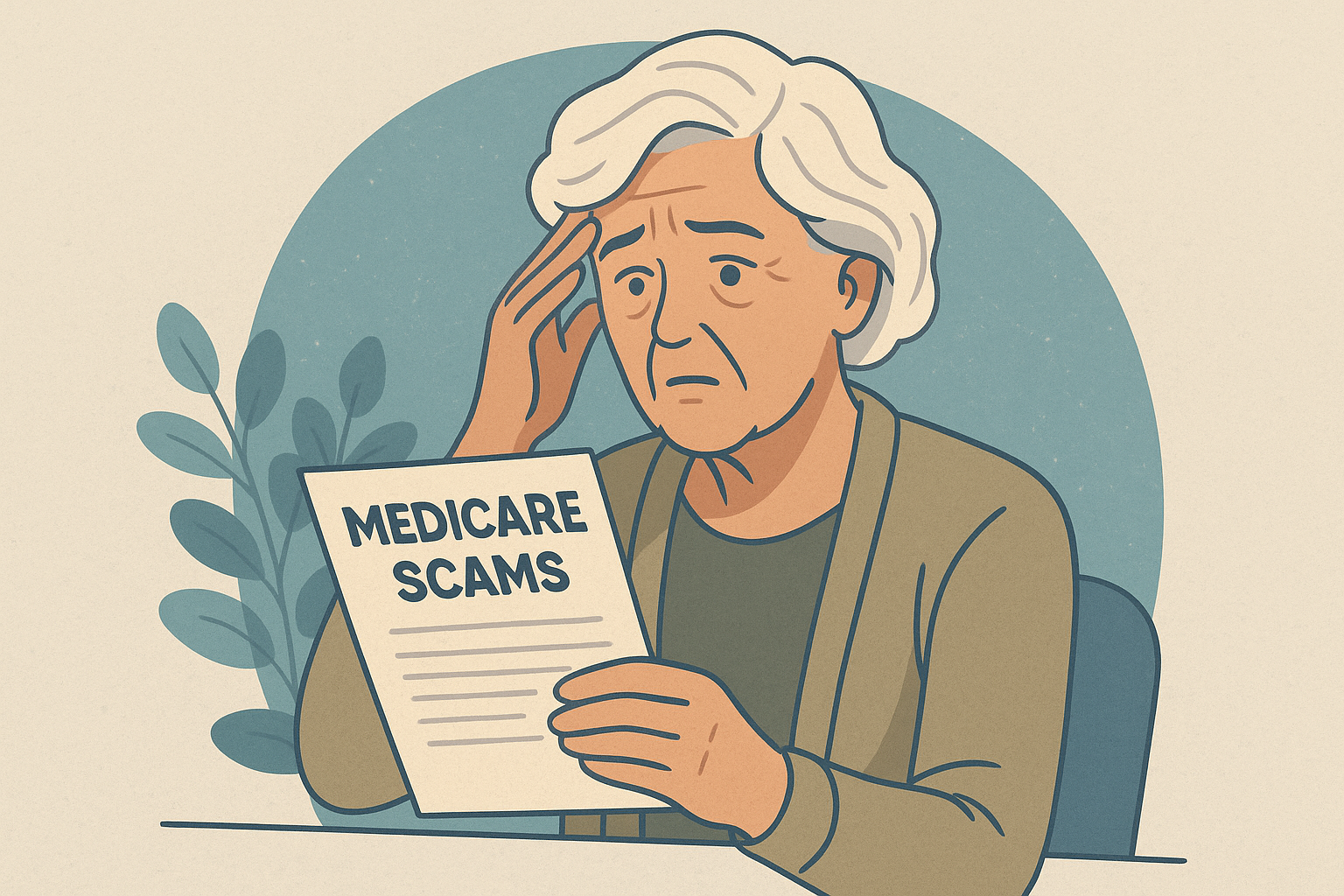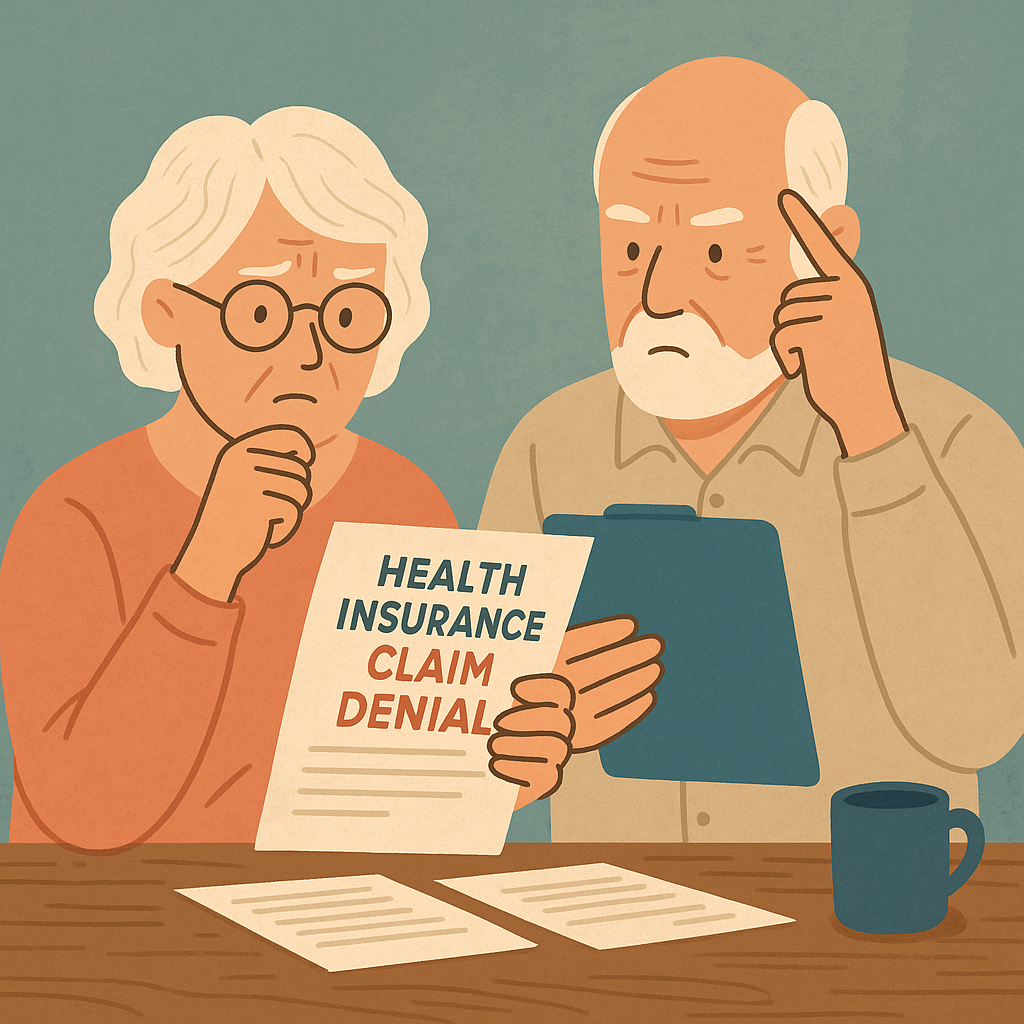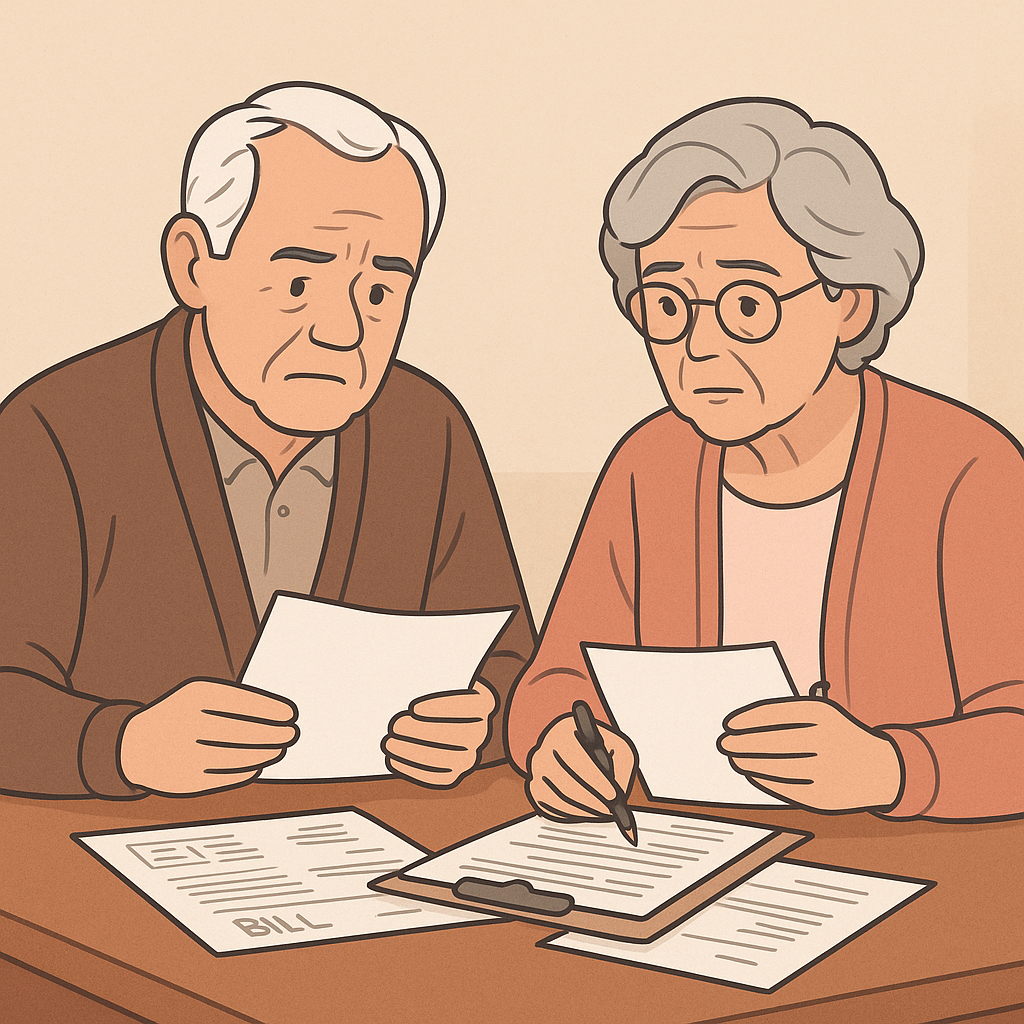Medical bills can be confusing—even overwhelming. Whether you have insurance or not, knowing how to read your medical bills gives you the power to check for accuracy, avoid overcharges, and protect your wallet.
In this guide, we’ll break down the most important information found on a medical bill, explain how it compares to your Explanation of Benefits (EOB), and show you what steps to take if you find an issue. For more foundational resources, visit our Education Center.
Key Sections to Review on a Medical Bill
Understanding how to read your medical bills starts with knowing what to look for. Here are the most important sections to check on any bill:
Patient Information
Double-check your name, address, and insurance details. Make sure the bill applies to you or your dependent before reviewing charges.
Statement Date
This tells you when the bill was issued. It’s important for keeping track of payment deadlines and potential disputes.
Provider Details
Ensure the name and location of the doctor or facility are correct. If the name doesn’t match your visit, call the number on the bill and ask for clarification.
Account Number
This unique number identifies your bill with the provider. You’ll need it when paying online, calling customer service, or filing an appeal.
Service Dates
Check the dates of service against your medical records or memory. Were you actually seen on those dates?
Service Descriptions
These lines describe what services or items were billed. Sometimes they use medical codes or vague terms. Don’t be afraid to call and ask for plain-language explanations.
Understanding Billing Amounts
Your bill may include several cost-related terms. Here’s how to interpret each one:
Total Charges – The full cost of each item or service before insurance.
Allowed Amount – The maximum your insurance will pay for that service. This is also called the “negotiated rate.”
Adjustments – Discounts your provider agrees to after insurance adjustments.
Insurance Payment – What your plan covered.
Patient Payment – What you may have paid during your visit, such as a copay.
Balance Due / Patient Responsibility – The final amount you owe based on your plan’s rules (often a deductible or coinsurance).
Knowing how to read your medical bills means spotting mistakes—like duplicate charges, incorrect service dates, or billing for services you didn’t receive.
How to Pay a Medical Bill
Payment instructions are usually found at the top or bottom of your bill. Look for:
Online payment portals
Mailing addresses for checks
Phone numbers for over-the-phone payments
If something doesn’t look right, don’t pay until you understand the charges. Call your provider’s billing office and ask questions.
Comparing Your Medical Bill to an Explanation of Benefits (EOB)
If you have insurance, your insurer will send an Explanation of Benefits (EOB) after a claim is processed. This is not a bill—it’s a summary of:
What services were submitted for payment
What your plan covered
What you might owe
Always compare the EOB with your actual bill. If the amounts don’t match, contact both your provider and your insurance company.
What If You Don’t Have Health Insurance?
Without insurance, you’re typically responsible for the full billed amount. However, federal law requires providers to offer a Good Faith Estimate before scheduled care.
If your final bill is $400 or more above your estimate, you may be eligible to dispute the charge through the patient-provider dispute resolution process.
Learn more here:
CMS: How to Read Your Medical Bill
Save Your Records
Keep your medical bills, Good Faith Estimates, and EOBs in a safe place. These records can be critical for:
Disputing billing errors
Filing taxes
Tracking your deductible or out-of-pocket maximum
Understanding how to read your medical bills can help you avoid costly mistakes and take control of your healthcare expenses with confidence. If you’re still unsure about a bill, don’t hesitate to ask questions—or seek help from a patient advocate.







